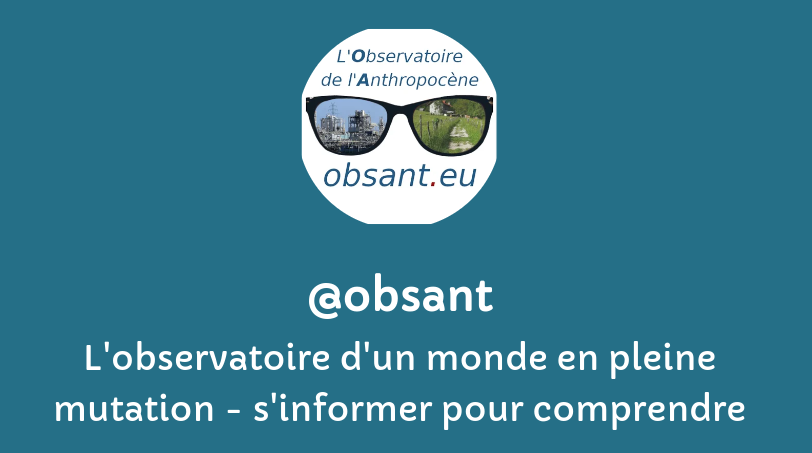– Outil de recherche de références documentaires –
Uniquement les fiches et Documents
Les champs auteur(e)s & mots-clés sont cliquables. Pour revenir à la page, utilisez le bouton refresh ci-dessous.
filtre:
plastique
Les pays du monde entier se trouvent à un moment critique de la bataille contre la pollution plastique. Alors que les négociations autour d’un traité mondial sur les matières plastiques touchent à leur fin, l’OCDE présente, dans ce rapport, les résultats d’un exercice de modélisation de scénarios d’action fondés sur différents types d’intervention : limiter la production et la demande, promouvoir l’écoconception, augmenter le recyclage et fermer les voies de rejet. Ce rapport éclaire sur les avantages environnementaux et les conséquences économiques qui pourraient découler des actions engagées pour mettre fin à la pollution par les plastiques d’ici à 2040, selon différents niveaux d’ambition : quels pays agissent, le caractère rigoureux des mesures et les phases du cycle de vie des plastiques auxquelles elles s'appliquent.
L’intelligence artificielle propose des analyses de textes performantes. ObsAnt l’interroge sur base de sélections préalables et vous propose les résultats
Pas moins de 6 sortes de plastiques ont été identifiés dans la boisson Coca-Cola. Découvrez notre enquête exclusive !
Plastic debris is thought to be widespread in freshwater ecosystems globally1. However, a lack of comprehensive and comparable data makes rigorous assessment of its distribution challenging2,3. Here we present a standardized cross-national survey that assesses the abundance and type of plastic debris (>250 μm) in freshwater ecosystems. We sample surface waters of 38 lakes and reservoirs, distributed across gradients of geographical position and limnological attributes, with the aim to identify factors associated with an increased observation of plastics. We find plastic debris in all studied lakes and reservoirs, suggesting that these ecosystems play a key role in the plastic-pollution cycle. Our results indicate that two types of lakes are particularly vulnerable to plastic contamination: lakes and reservoirs in densely populated and urbanized areas and large lakes and reservoirs with elevated deposition areas, long water-retention times and high levels of anthropogenic influence. Plastic concentrations vary
La deuxième session de négociation d'un futur « traité plastiques » se tiendra à Paris du 29 mai au 2 juin prochain. Si l'intérêt pour le sujet n'a cessé de croître Avis du Conseil économique, social et environnemental (CESE) français (avril 2023) : https://www.lecese.fr/sites/default/files/pdf/Avis/2023/2023_07_pollution_plastiques.pdf ; communiqué des ministres de l’Environnement du G7 réuni au Japon avril 2023) : https://www.env.go.jp/content/000128270.pdf ; rapport du PNUE (mai 2023) : https://www.unep.org/fr/resources/turning-off-tap-end-plastic-pollution-create-circular-economy ; Perspectives mondiales des plastiques de l’OCDE (juin 2022) : https://www.oecd.org/fr/environnement/plastiques/, dans la sphère publique internationale, la communauté scientifique, océanique notamment, et dans les milieux professionnels depuis la résolution de l'Assemblée générale des Nations unies pour l'environnement de mars 2022 invitant les États à lancer la négociation d'un « instrument international juridiquement co
Dans un nouveau rapport intitulé « Plastiques : le coût pour la société, l'environnement et l'économie », le WWF dévoile le coût économique sur l’ensemble du cycle de vie du plastique. La gestion plastique produite sur la seule année 2019 aura coûté à la société l’équivalent du PIB de l’Inde, soit 3 700 milliards de dollars.
Plants should be flourishing in these ocean waters with plenty of nutrients and inorganic carbon in the form carbonic acid. It could be possible the phytoplankton are missing key nutrients such as ferric, but why should this be happening now?
Le WWF publie un nouveau rapport qui dresse un constat alarmant sur la pollution plastique en Méditerranée et analyse la responsabilité des 22 pays méditerranéens face à ce fléau.
D’ici 2030, la production mondiale de déchets plastiques pourrait augmenter de 41 % et la quantité accumulée dans l’océan pourrait doubler. En cause, notre système de production, d'utilisation et d'élimination du plastique, système défaillant dans lequel aucun acteur n’est tenu pour responsable. Dans son dernier rapport « Pollution plastique, à qui la faute ? », le WWF tire une nouvelle fois la sonnette d’alarme
Plastics in the marine environment have become a major concern because of their persistence at sea, and adverse consequences to marine life and potentially human health. Implementing mitigation strategies requires an understanding and quantification of marine plastic sources, taking spatial and temporal variability into account. Here we present a global model of plastic inputs from rivers into oceans based on waste management, population density and hydrological information. Our model is calibrated against measurements available in the literature. We estimate that between 1.15 and 2.41 million tonnes of plastic waste currently enters the ocean every year from rivers, with over 74% of emissions occurring between May and October. The top 20 polluting rivers, mostly located in Asia, account for 67% of the global total. The findings of this study provide baseline data for ocean plastic mass balance exercises, and assist in prioritizing future plastic debris monitoring and mitigation strategies. Rivers provide a m
abs_empty
abs_empty
abs_empty
abs_empty
![]()


